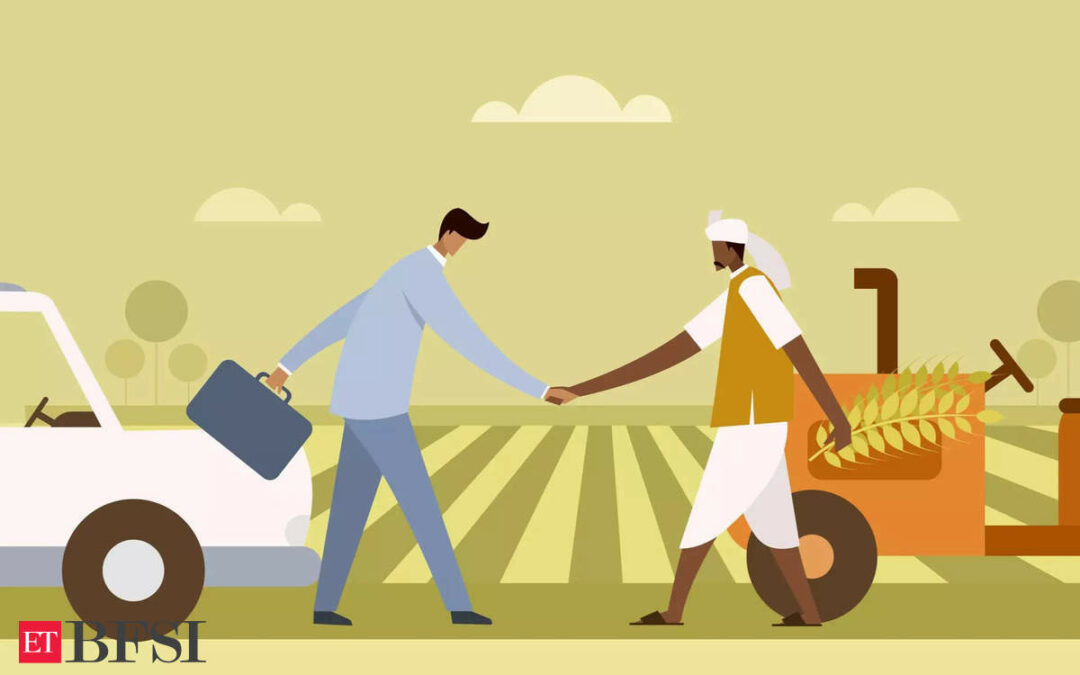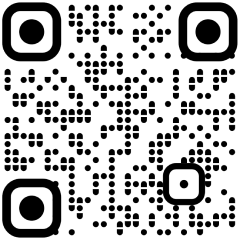The Economic Survey for FY24 highlighted that the share of rural borrowers in the microfinance space scaled a 10-year higher of 74% in 2022-23.
During FY23, the microfinance sector rebounded strongly, achieving an aggregate disbursement of Rs 1.8 lakh crore, 55% higher than the previous year, the survey said.
However, the share of urban borrowers fell to 26% in FY23, as against 33% in FY12, the survey showed.
Speaking on the development, Dr. Alok Misra, CEO & Director of Microfinance Industry Network (MFIN), said, “Microfinance institutions primarily focus on unserved and underserved population segment and as such the client outreach in primarily women and rural. As per MFIN data of members who account for 90% Microfinance market share, 83% clients are from rural areas.
“Further, another notable feature is that the sector added more than 1 cr new clients in last one year. RBI regulated enitiites are playing a key role in building an Inclusive India,” he said.
The survey further said the Indian microfinance coverage of self-help groups (SHGs) and joint liability group (JLG) is more than 50% of households and 10% of the Indian population.
Globally, the Indian microfinance sector is the second largest after China in terms of number of borrowing customers in India, which are about three times that of the next biggest market Indonesia, the survey added.
According to the 2023 Bharat Microfinance Report, MFIs operate in 28 States, five UTs, and 646 plus districts in India. Two hundred and thirteen MFIs operate in India as of FY23, with a branch network of 25,790, engaging 2.2 lakh employees. Together, they have reached out to over 532 lakh clients with a total loan outstanding of Rs 1.8 lakh crore under micro-credit.
The addition of new clients reflects the continuing inclusion efforts of the sector and offers hope for the remoter and underserved geographies, survey said.
The Economic Survey said that though MFIs serve both rural and urban poor, they are oriented more towards rural areas in India. Urban borrowers dominated for a while. There is a definite shift thereafter towards the rural sector, and it has continued for the last four years.
Microfinance is mostly a woman-focused activity. Women constitute 98 per cent of the total clients of MFIs. Further, it also serves other weaker and marginalised sections like scheduled castes (SC), scheduled tribes (ST) and minorities in a significant way. The SC/ST borrowers constitute a substantial 23 per cent of the clients, survey said.











